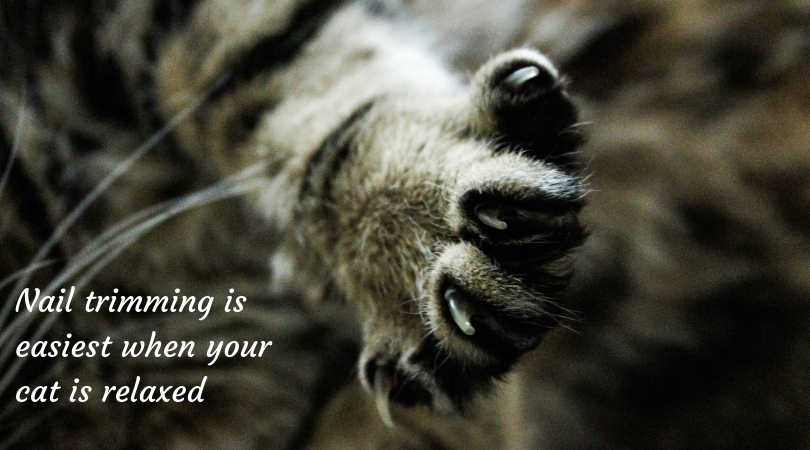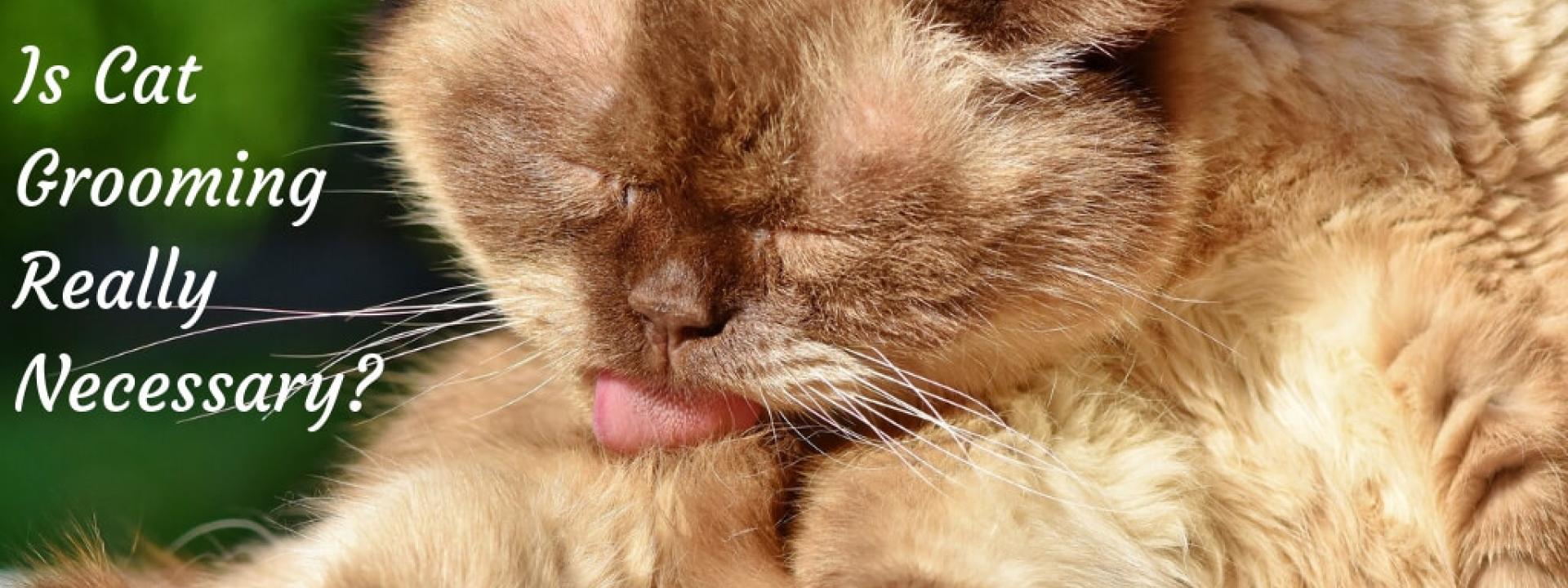Most people think cats can take care of themselves—and they’d actually prefer it that way—but even the most fastidious feline groomers could use a helping hand.
Regular grooming—including brushing, bathing, shaving, and nail trimming—offers many benefits, including promoting a healthy coat, eliminating odors and matted fur, and reducing hairballs. In addition, it provides an opportunity for you to check your cat for fleas and ticks, lumps and bumps, skin problems, and other health issues you may not otherwise notice.
To establish a successful grooming routine with your cat, it is important to make the experience as enjoyable as possible. Start slow and get your cat accustomed to the process by gently handling her as long as she will allow. Reward each positive experience with treats and praise and gradually repeat until your cat is comfortable.
Brushing
Regular brushing removes dead hair, dirt, and debris from your cat’s coat, helping to prevent mats before they become unmanageable and reduce hairballs, which build up in your cat’s digestive system—and ultimately end up on your carpet. In addition, you’ll cut down on shedding and the amount of time you spend getting cat hair off your furniture and clothes. As a bonus, brushing is also a positive way to interact and bond with your cat.
To keep your cat’s coat in tip-top shape, aim to brush her twice a week, but keep in mind that long-haired breeds may require more frequent grooming than their short-haired counterparts. There are many different grooming tools on the market, from fine-toothed combs to rubber grooming mitts. In general, a wire slicker or bristle brush is a safe choice, but if you’re not sure which will work best for your cat, ask your veterinarian for a recommendation.
No matter what you choose, it is important to let your cat familiarize herself with each tool before using it. Begin brushing her slowly and gently, starting with the areas she likes to be petted, such as along the back or under the chin. As she becomes more comfortable, you can work your way to other areas, like the abdomen, tail, and legs. If your cat objects to any of these areas, stop and go back to an area she prefers. Remember that initially, grooming sessions should be short and sweet. With time and patience, you’ll be able to get into a more thorough routine.
Bathing
 Can you bathe a cat? And if so, should you? While not typically necessary, bathing may be recommended to treat a skin condition, remove unwanted substances from the fur, or improve hygiene for cats who cannot physically groom themselves.
Can you bathe a cat? And if so, should you? While not typically necessary, bathing may be recommended to treat a skin condition, remove unwanted substances from the fur, or improve hygiene for cats who cannot physically groom themselves.
Bathing can be performed at home, in the veterinary hospital, or at a professional grooming facility. If you decide to bathe your cat at home, be sure to use a mild, veterinarian-recommended shampoo and warm water. Stick to your cat’s body—her face should only be gently wiped with a damp washcloth—and keep the entire process as quick as possible to reduce stress.
Shaving
If you have a long-haired cat, she may benefit from having her fur clipped—or in some cases, completely shaved—to keep her cool, comfortable, and mat-free. This is best left to the professionals, so contact your veterinarian for recommendations.
Nail trimming
If your feline friend is particularly prickly or getting caught on your furniture, chances are her nails could use a trim. Regular physical activity and scratching behaviors wear down your cat’s nails naturally, but it’s a good idea to keep them trimmed for their own comfort—and yours.
Like brushing, it’s important to start slow and get your cat used to having her paws touched. At a time when your cat is calm and relaxed, gently press on each paw pad to extend the nail. It is important to only trim the white tips—the pink portion of each nail contains the quick, which is made up of nerves and blood vessels that cause bleeding and discomfort when cut.

Ready to start trimming? Place your cat on your lap facing away from you or enlist a friend to hold your cat while you trim. Gently extend each nail, trim the tips, and repeat every two weeks. Once you and your cat are accustomed to the process, it should be relatively short and painless—but if either of you are uncomfortable, you can always leave it to a veterinary or grooming professional.
When to call a veterinarian
Too much or too little grooming can signal an important issue with your cat’s health, so keep a close eye on her grooming habits. If she’s not keeping herself as clean as she used to, she may not be able to reach every area of her body due to arthritis or being overweight. On the other hand, if you notice your cat licking, biting, or scratching more than usual, it could indicate a skin condition or behavioral issue. If you notice any of these signs, make an appointment with your veterinarian.

